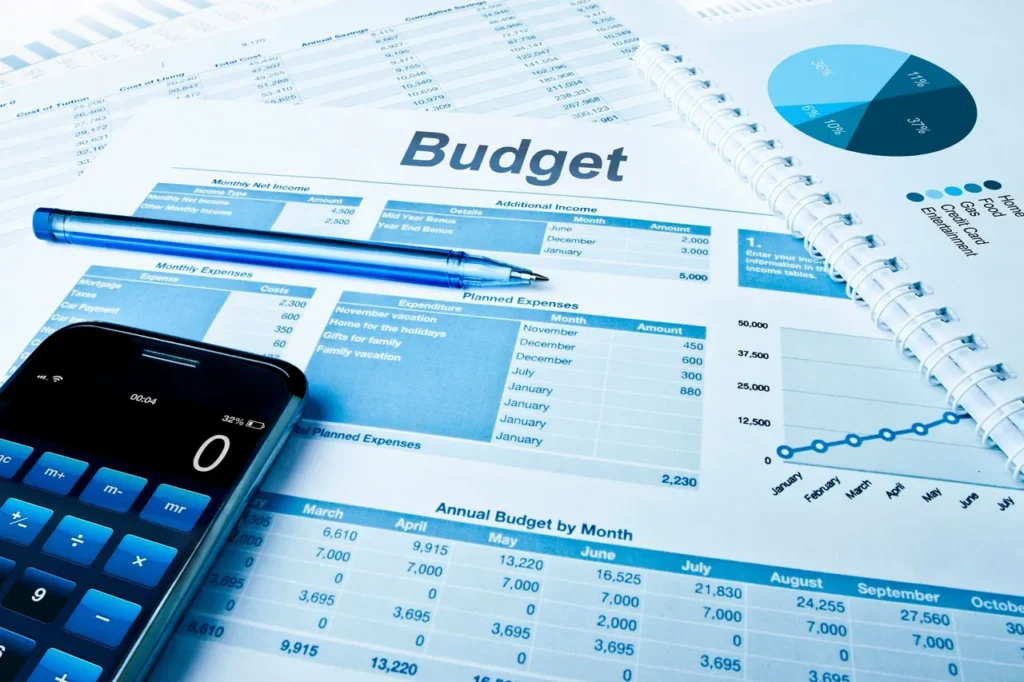Creating a personal budget is an essential step in managing your finances effectively. It helps you track your income, expenses, and savings, enabling you to make informed financial decisions. There are Fiscal Investor templates to get your started on a budget and balance sheet. Here’s a step-by-step guide to creating a personal budget:
Determine your SMART financial goals: Start by identifying your short-term and long-term financial goals. These could include saving for a vacation, paying off debt, buying a car, or building an emergency fund. Having clear goals will guide your budgeting process. SMART financial goals mean Specific, Measurable, Achievable, Relevant, and Time-Bound. This is best to start by hand

Calculate your income: Determine your total monthly income from all sources, including your salary, investments, freelance work, or any other sources of income. Make sure to consider your after-tax income or take-home pay.
Track your expenses: Begin by tracking your expenses for a month or two to get a clear understanding of where your money is going. Categorize your expenses into broad categories such as housing, transportation, groceries, utilities, entertainment, debt payments, etc. You can use a spreadsheet, a budgeting app, or simply pen and paper to record your expenses.
Analyze your spending: Review your expense tracking data to identify areas where you can cut back or reduce spending. Look for any unnecessary expenses or areas where you can make adjustments to save money.
Set budgeting categories: Based on your spending analysis, create specific budgeting categories that align with your lifestyle and financial priorities. Common categories include housing, transportation, groceries, utilities, debt payments, insurance, entertainment, savings, etc.
Allocate your income: Assign a portion of your income to each budgeting category based on your financial goals and priorities. Start with essential expenses like housing, utilities, and groceries, and then allocate funds to other categories accordingly. Remember to leave room for savings and unexpected expenses.
Be realistic: Set realistic and attainable budgeting targets. Avoid overestimating your savings or underestimating your expenses. This will help you stick to your budget and reduce the chances of frustration or failure.
Monitor and adjust: Keep track of your spending regularly and compare it with your budget. This will help you identify any deviations and make necessary adjustments. Consider using budgeting apps or tools that can automate this process and provide you with real-time insights.
Save for emergencies and future goals: Make saving a priority in your budget. Set aside a portion of your income for emergency funds and allocate funds towards your long-term goals, such as retirement, education, or buying a home. Consider automating your savings by setting up automatic transfers to a separate savings account.
Review and revise: Review your budget periodically, preferably monthly, to evaluate your progress and make any necessary adjustments. Life circumstances and financial goals can change, so your budget should be flexible and adaptable.
Remember, creating a personal budget is just the first step. The key is to follow through and stick to your budget consistently, making conscious spending decisions that align with your SMART financial goals. Discipline, patience, and education! You bring the first two, we will help with the last.


Be First to Comment